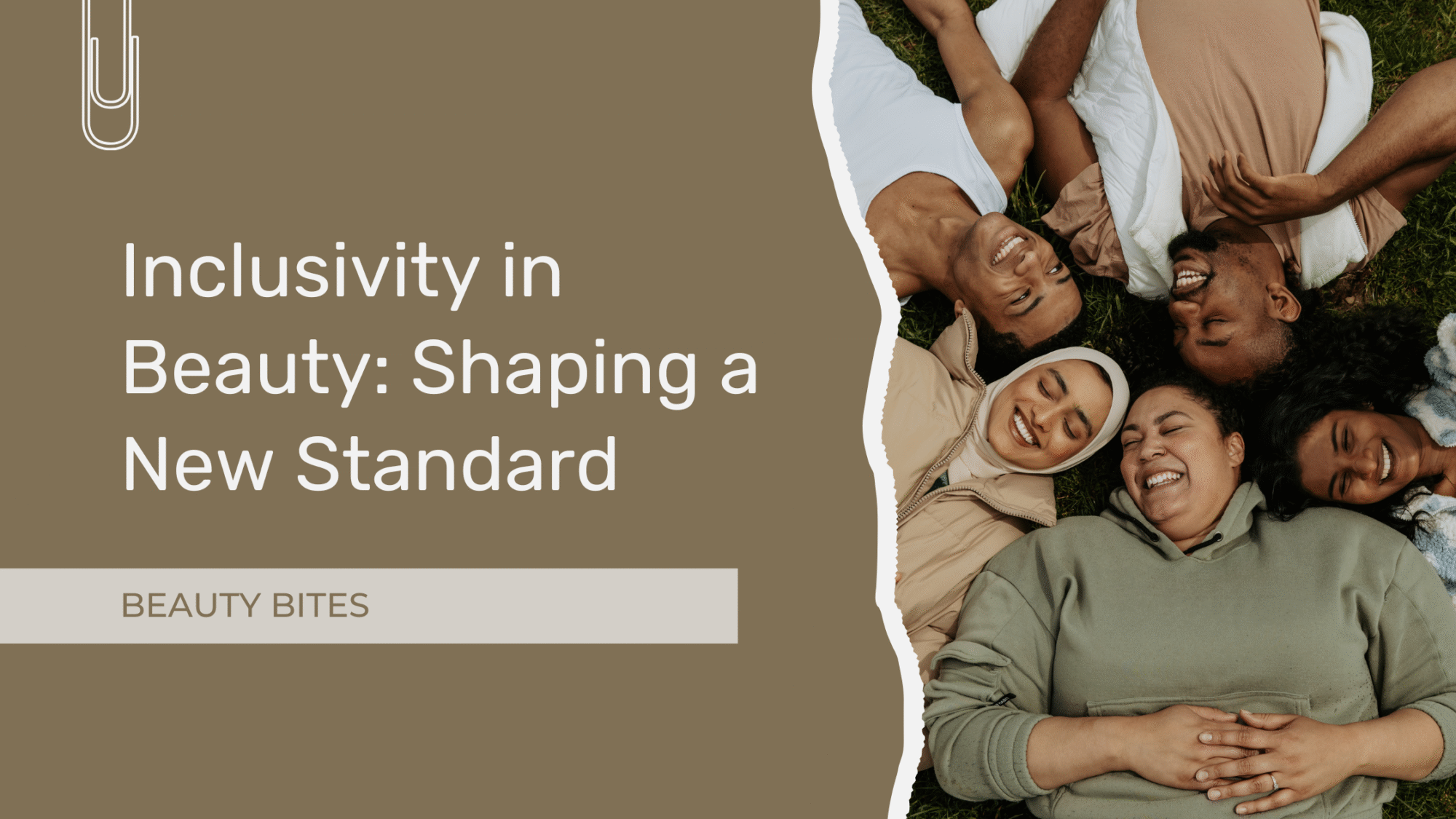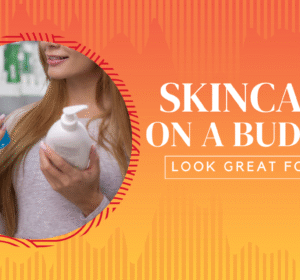Beauty standards have evolved dramatically over the decades, influenced by social, cultural, and economic factors. In the past, mainstream beauty ideals were often narrow, favouring certain skin tones, body types, and facial features. That led to the exclusion of a large segment of the population. Today, however, inclusivity is reshaping the beauty landscape, bringing diversity and representation to the forefront in ways we’ve never seen before. This shift in beauty standards has led to a more inclusive beauty industry. It has also empowered individuals to embrace their unique features. In this post, we will explore how inclusivity in beauty is changing the beauty game and why this shift is so important.

The Traditional Beauty Standard: Exclusivity and Homogeneity
For much of the 20th century, beauty standards were rigid and based on a very narrow, Western ideal. Women were often portrayed as tall, thin, and light-skinned. They used to have long hair and specific facial features like large eyes, sharp cheekbones, and small noses. This ideal was perpetuated by media, advertising, and fashion, and it excluded anyone who didn’t fit into this narrow mould. People of colour, plus-sized individuals, and those with disabilities or unique features were often overlooked or made to feel inadequate.
The rise of supermodels like Naomi Campbell, Cindy Crawford, and Claudia Schiffer in the 80s and 90s only reinforced this single ideal of beauty. This often leaves little room for diversity in the industry. Mainstream beauty products and advertisements had a small shade range. Foundation colours were predominantly designed for fair skin tones. There was little regard for the needs of people with darker skin tones.
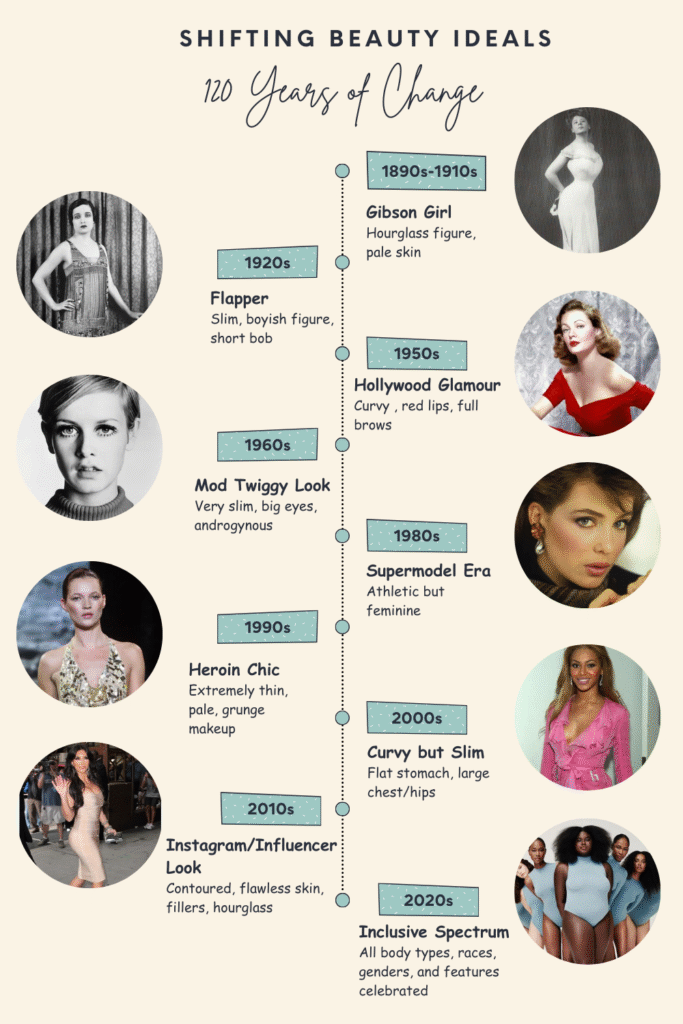
The Shift Toward Inclusivity in Beauty: Representation Matters
In the early 2000s, the conversation around beauty began to shift. More diverse faces started to appear in fashion campaigns and advertisements. The rise of social media platforms like Instagram gave a voice to people from all walks of life. Influencers, models, and everyday people began showcasing different body types, skin tones, ages, and gender identities. That made clear that beauty could not be confined to one singular image.
The 2010s saw an explosion of inclusivity in beauty campaigns. Brands began to realise that catering to a wider audience would not only be the right thing to do but also a profitable business move. The beauty industry began to embrace the fact that beauty is not one-size-fits-all. Models of all shapes, sizes, and ethnicities graced the pages of magazines. Brands like Fenty Beauty made waves by launching a wide range of foundation shades for all skin tones, from the lightest to the darkest.
Inclusivity in Beauty: Skincare and Cosmetics
One of the most notable shifts in the beauty industry has been the inclusion of diverse skin tones in cosmetics. Rihanna’s Fenty Beauty, launched in 2017, is often credited with sparking a revolution in makeup inclusivity, with its groundbreaking 40 shades of foundation. The success of Fenty Beauty proved that the market for a broader range of products was not only viable but essential. Other brands followed suit, expanding their shade ranges to include deeper tones that had long been ignored by the beauty industry.
Skincare has also become more inclusive, with brands now focusing on the specific needs of various skin types and concerns. The understanding that different ethnicities and skin tones have unique skincare needs has led to the development of products designed for melanin-rich skin, such as those targeting hyperpigmentation, and products addressing concerns such as sensitive skin or rosacea. More and more, brands are acknowledging the diversity of their customers and formulating products that cater to specific concerns, rather than offering one-size-fits-all solutions.
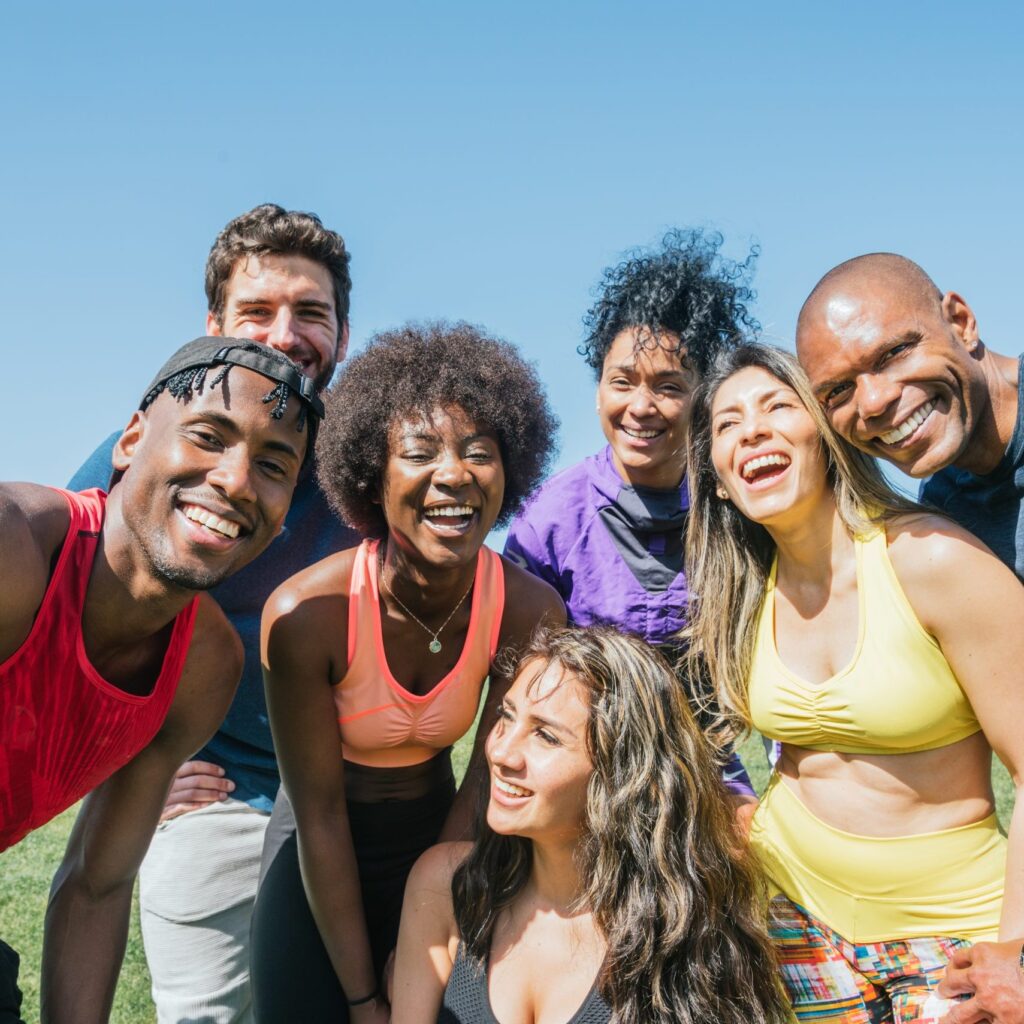
Breaking Beauty Norms: Gender Inclusivity in Beauty and Non-Conformity
Inclusivity in beauty doesn’t stop at race or body size—it extends to gender as well. The idea that beauty is exclusively feminine has long been ingrained in society, but in recent years, the beauty industry has seen a significant shift towards gender inclusivity. Brands like Milk Makeup, Boy Beauty, and MAC Cosmetics have been at the forefront of promoting beauty products for all genders, embracing the idea that makeup is for anyone who wants to use it.
This inclusivity has also given rise to a movement in which beauty no longer has rigid rules. Non-binary, transgender, and gender-fluid individuals are finding their place in beauty, as makeup is increasingly seen as a form of self-expression rather than a gendered activity. The representation of male beauty icons, such as James Charles and Harry Styles, also challenges traditional beauty norms, allowing more people to explore beauty in ways that feel authentic to them.
The Role of Social Media and Influencers
The role of social media cannot be overstated in the shift toward inclusivity. Platforms like Instagram, TikTok, and YouTube have given people the opportunity to share their unique beauty journeys, connect with like-minded individuals, and challenge traditional beauty standards. Influencers from different ethnic backgrounds, body types, and gender identities have used their platforms to advocate for inclusivity, while simultaneously offering beauty tips, tutorials, and product reviews.
Social media has also allowed beauty brands to receive immediate feedback from consumers, allowing them to adjust their offerings in real-time. Consumers are no longer passive recipients of beauty standards; they are active participants in shaping and redefining the beauty landscape.
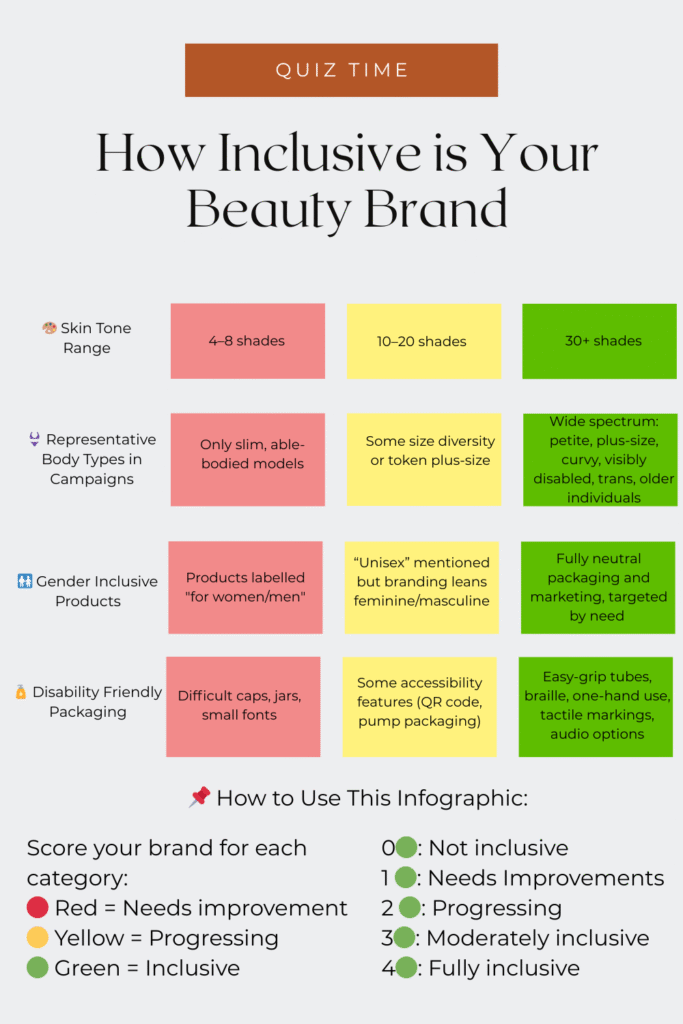
The Future of Inclusive Beauty: What’s Next?
The movement toward inclusivity in beauty is still evolving, and the future holds even more promise. Brands are increasingly being held accountable for their practices, from ensuring diverse representation in their campaigns to expanding product lines to accommodate all skin tones, body types, and genders. The beauty industry is beginning to recognize that inclusivity isn’t just a trend—it’s a shift toward a more equitable and diverse world.
In the future, we can expect to see even more personalized beauty experiences, where consumers are offered products tailored to their specific skin concerns, lifestyle, and cultural backgrounds. Brands will likely continue to prioritize sustainability, cruelty-free practices, and social responsibility, ensuring that inclusivity goes beyond just the products themselves but extends to the way those products are made and marketed.
Conclusion: Embracing Diversity in Beauty
Beauty standards are no longer defined by a single, narrow ideal. Inclusivity has transformed the beauty industry, opening doors for people of all races, genders, body types, and ages to see themselves represented in the products they use. The shift towards inclusivity has empowered individuals to embrace their unique features and redefine beauty on their own terms. As we look to the future, we can only hope that beauty continues to become more diverse, more inclusive, and more empowering for all.
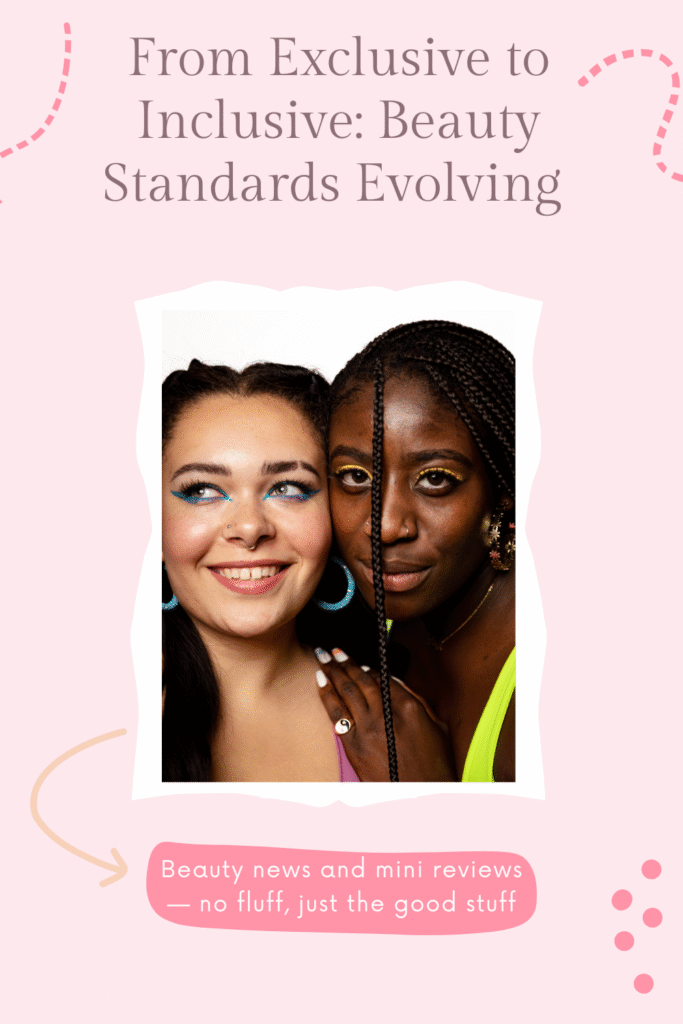

Bear in mind that some of the links in this post are affiliate links and if you go through them to make a purchase I will earn a commission. Keep in mind that I link these companies and their products because of their quality and not because of the commission I receive from your purchases. The decision is yours, and whether or not you decide to buy something is completely up to you.
